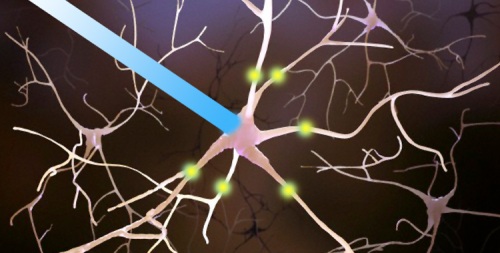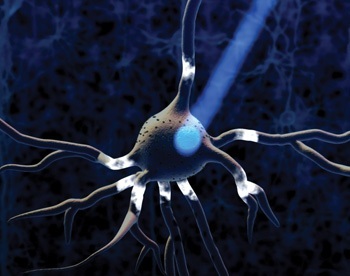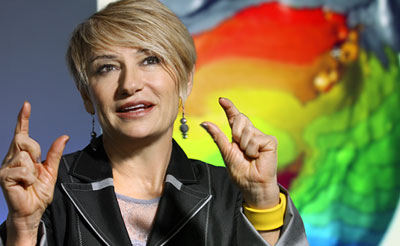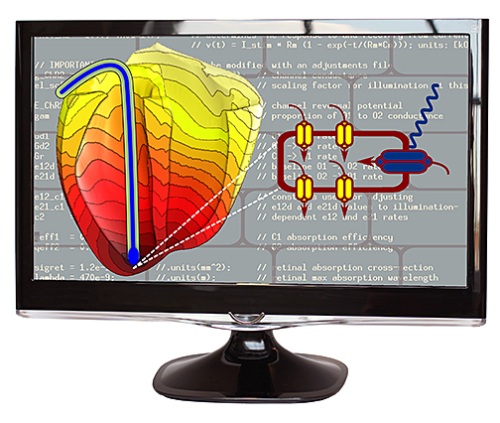Researcher from Johns Hopkins and Stony Brook universities are working together on a new method for restoring healthy heartbeats; one which uses light instead of electric jolts.

Five biomedical engineers published a paper describing their method in the August 28 edition of Nature Communication. They detail their plan to use biological lab data and a highly complex computer model to develop a method of using low-energy light to solve serious heart problems like arrhythmia.
“Applying electricity to the heart has its drawbacks,” said the project’s supervisor, Natalia Trayanova, the Murray B. Sachs Professor of Biomedical Engineering at Johns Hopkins. “When we use a defibrillator, it’s like blasting open a door because we don’t have the key. It applies too much force and too little finesse. We want to control this treatment in a more intelligent way. We think it’s possible to use light to reshape the behavior of the heart without blasting it.”
What is optogenetics?
The group’s study falls under a fairly new field called “optogenetics.” It was created by Stanford scientists and refers to the insertion of light-responsive proteins called “opsins” into cells. When exposed to light, the opsins become tiny portals within the target cells, allowing a stream of ions — an electric charge — to pass through without causing damage.

Researchers are already using this tactic to control the bioelectric behavior of certain brain cells, the first step toward treating psychiatric disorders with light.
Using a computer’s heart
The group’s paper describes successfully testing the same technique on a highly complex model of the human heart, which “beats” inside a computer. Trayanova spent years developing this heart and it is now so highly complex that it can actually simulate cardiac behavior from the molecular and cellular levels all the way up to the heart as a whole.

Natalia Trayanova speaks about the heart she spent years creating.
This is where the Stony Brook group comes in — they’re applying biological data they’ve gathered over the years to Trayanova’s computer heart.
“Experiments from this lab generated the data we used to build our computer model for this project,” Trayanova said. “As the Stony Brook lab generates new data, we will use it to refine our model.”
As the heart continues to be developed, will be used to conduct optogenetic-based experiments. Specifically, the group is in interested in determining how best to position and control the light-sensitive cells in order to maintain a healthy rhythm and pumping activity, as well as learning how much light is necessary in order to activate the healing process. They also want to see how the heart’s cells respond to the illumination.

Artist’s rendering of an optogentics experiment with the heart: the “optrode” at left delivers blue light to the heart via a fiber-optic tip. In the enlargement at right, a heart cell (large red oval) contains an implanted light-sensitive “opsin” protein (blue oval) that works alongside the heart’s own proteins (yellow ovals).
Outlook
The group hopes Trayanova’s heart model will push optogentics research closer to the day when doctors begin treating their heart patients with gentle light beams. They also hope to see the technology eventually be incorporated into light-based pacemakers and defibrillators.
It is the group’s collective belief that it can all happen within the next 10 years.
“The most promising thing about having a digital framework that is so accurate and reliable is that we can anticipate which experiments are really worth doing to move this technology along more quickly,” said Patrick M. Boyle, a postdoctoral fellow in Trayanova’s lab and lead author of the Nature Communications paper. “One of the great things about using light is that it can be directed at very specific areas. It also involves very little energy. In many cases, it’s less harmful and more efficient than electricity.”
Story via jhu.edu
Advertisement
Learn more about Electronic Products Magazine





